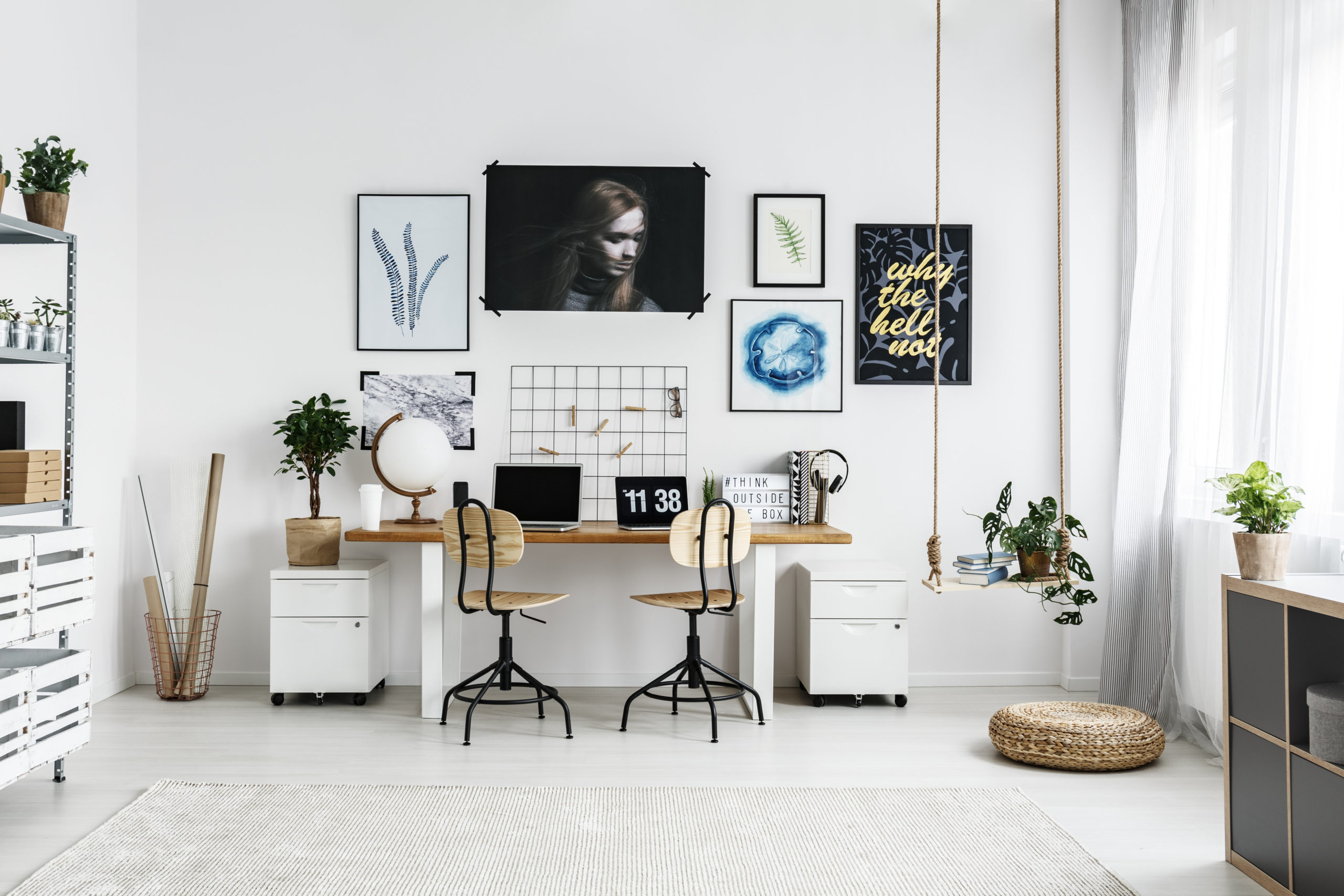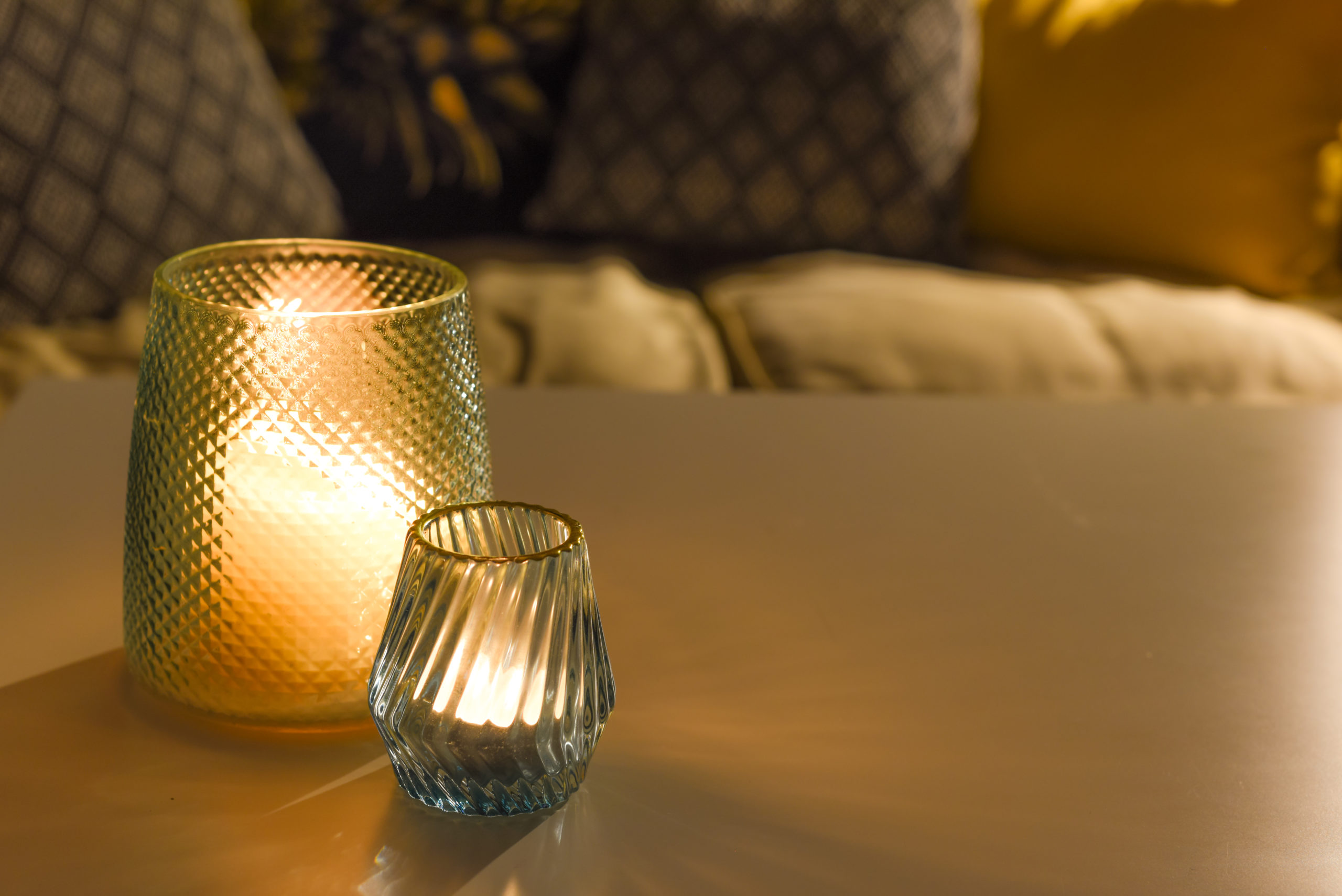Blog
- Details
- Hits: 220
Time has a habit of racing by doesn't it! If you’re moving in a few months’ time, that date will almost always come around much quicker than you think!
Sometimes it’s best to take a few days off work or clear your calendar to help you pack and unpack. But taking time off work isn’t always possible and you may be looking for other ways to save time when moving house.
If so, we’ve put together our four best tips to help you save time when moving house in the Surrey & Hampshire area so that you can get settled quicker.
- Details
- Hits: 274
Take important steps to make your dream move in the Surrey & Hampshire area come true
So you’ve found the house of your dreams. It’s on the right side of town, near a good school, parks are close by and your commute to work has been cut. Perfect. You know roughly when you’ll be moving and you’ve already started thinking about colour schemes and furniture.
- Details
- Hits: 323
When preparing to sell a property in the Surrey & Hampshire area, you may consider making home improvements to boost value.
Home improvements can play a significant role in elevating the overall charm, aesthetics, and functionality of your property, leading to enhanced appeal to viewers. However, it's important to recognize that not every upgrade you make has to be left behind as a permanent fixture for the new homeowner to inherit.
- Details
- Hits: 300
With the first quarter of the year now behind us, last month brought a positive forecast as some of the uncertainty of the past 12 months is starting to ebb away. Thanks to the latest developments in the economy, the property market is looking brighter for the next few months as we move forward towards summer.
- Details
- Hits: 287
Here’s How to Find the Right Amount of Coverage for Your Home.
With such a vast range of companies offering a spectrum of different policies, it can be challenging to know where to begin your search for home insurance.










ALTON | FARNHAM | GODALMING | GRAYSHOTT | HASLEMERE